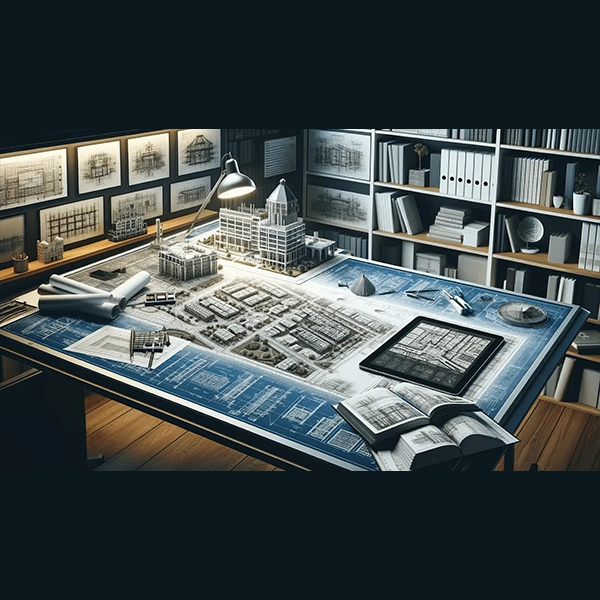Month: May 2024
A Guide to the World of Civil Engineering Drawings – The Architectural Atlas
In civil engineering, precision and foresight are key. Every project, from skyscrapers to bridges, begins with detailed drawings. These blueprints guide architects, engineers, and builders, ensuring accurate and safe construction. These drawings serve as the backbone of our built environment, ensuring that every component is constructed accurately and safely. This guide explores various civil engineering drawings, their significance, and real-world applications.
Blueprints to Buildings: A Comprehensive Guide to Architectural Drawings
Architectural drawings are vital in shaping the built environment, serving as both artistic and technical representations. These drawings facilitate communication among architects, clients, and builders, ensuring that ideas are accurately translated into physical structures. This expanded article provides an in-depth look at various types of architectural drawings, their creation process, and practical guidelines, incorporating detailed statistics to enhance understanding.
Land Surveying: A Comprehensive Guide to Definitions, Techniques, and Types
Did you know that modern land surveying can determine property boundaries with millimeter accuracy? This guide delves into the intricate world of land surveying, revealing its critical role in construction, real estate, and civil engineering. Explore the fundamentals, various techniques, and types of surveys, all enriched with authentic statistics for a thorough understanding.
A Comprehensive Look at Drone Photogrammetry – Capturing Clarity
In the quickly developing field of aerial surveying, Drone Photogrammetry, which combines measurement science with the state-of-the-art capabilities of Unmanned Aerial Vehicles (UAVs), is a game-changer. From the fundamental ideas behind drone photogrammetry to its wide range of applications, this in-depth guide explores all the practical aspects. Whether you're a seasoned professional or a curious newcomer, this comprehensive guide will help you understand the advantages and disadvantages, explore practical applications, and master the unique terminology of drone photogrammetry.
Modern LiDAR and GPS Usage in Land Surveying
The art of land surveying has evolved dramatically over the centuries. Ancient methods, reliant on basic tools and human observation, have given way to an era of precision and technological sophistication, marked by the advent of Light Detection and Ranging (LiDAR) and Global Positioning Systems (GPS). This article explores the transformative impact of these modern technologies on land surveying, providing a comparative insight with ancient methodologies and presenting the latest statistical data to underscore their advantages and growing adoption in the field.
Revolutionizing Civil Engineering: How CAD Improves Design, Effectiveness, and Work Output
Computer-Aided Design (CAD) has revolutionized the field of civil engineering, transforming the way projects are planned, designed, and executed. This technological tool has not only enhanced the accuracy of designs but has also improved the efficiency and productivity of civil engineering projects. The application of CAD in civil engineering spans across various activities, from drafting and modeling to analysis and project management, making it an indispensable part of modern civil engineering practices.
LiDAR vs. Photogrammetry: Choosing the Right Aerial Survey Tech for Your Project
Choosing between LiDAR and photogrammetry for land surveying needs can often be a perplexing decision for many professionals across various industries. Choosing the wrong aerial survey method can result in costly delays, inaccurate data, or even project failure. With both methods offering distinct advantages and limitations, the dilemma arises in determining which technology best suits specific applications. Aerial surveying, a critical process in fields like mapping, forestry, urban planning, and environmental science, relies on capturing precise data about the earth's surface from an aerial perspective. Two primary technologies dominate this domain: Light Detection and Ranging (LiDAR) and photogrammetry. Each method possesses unique strengths and limitations, making them more suitable for certain applications over others.
Creating Bridges – The Influential Presence of Gsource Technologies at Industry Events
The architecture industry has been evolving rapidly over the years. To get a closer look at these new advancements, we at Gsource felt the need to explore new events and expos displaying them. Since the start of 2024, our team has been studying, participating in, and demonstrating expertise in progressive construction solutions and architectural computer-aided design.







